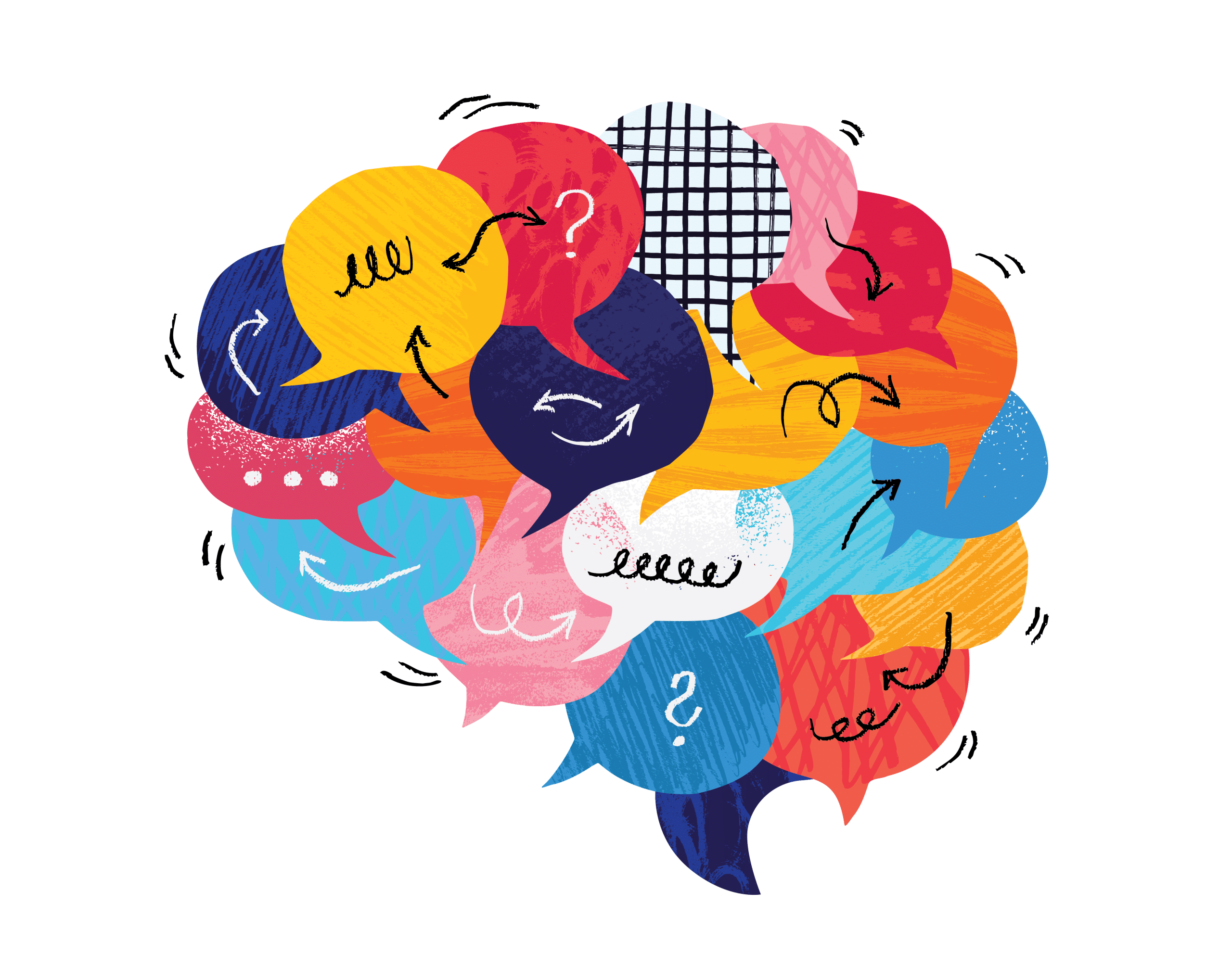Cows kill more people than sharks.
Surprised? So was I. But it’s true.
More people are trampled or kicked to death every year by cows.
So why do sharks get such a bad rap?
Obvious… they’re terrifying.
Sharks roam the murky depths under the surface. They’re silent predators. And when they attack, it’s a bloody affair.
It’s no wonder they are the stuff of horror films.
This got me thinking about the concept of irrational fear.
I’m sure you’ve heard the expression “perception is reality.”
It’s not.
Reality is reality (excluding the illogical debate about how one defines “their own reality”).
So why do people perceive sharks to be more dangerous than cows when that is not the reality?
Our irrational fears are typically a result of habitual horrification and incorrect information.
For instance, most people think quicksand can kill you.
It can’t.
Old Hollywood movies have depicted enough dramatic scenes of people being swallowed by the earth for us to perceive it as deadly.
It’s not.
How many people died from quicksand last year? None.
How many people died from quicksand over the past ten years? Zero.
If you do get stuck, at worst it would only be knee deep.
But again… it stems fromhabitual horrification and incorrect information.
Fear Versus Phobia
According to the American Psychiatric Association, a phobia is “an irrational and excessive fear of an object or situation.”
It’s important to distinguish a phobia from a rational fear. Note the words “irrational and excessive” in the definition above.
Habitual Horrification
How does it happen?
The answer is simple, yet it seems counterintuitive.
We’re exposed to habitual horrification because we crave it. We seek it out.
Film makers wouldn’t make scary movies if we didn’t flock to theaters to see them.
According to Forbes, Jaws (1975) is the highest grossing horror film to date at $1.154 billion.
It’s no wonder we all have a varying degree of galeophobia (fear of sharks).
We Know It’s Fake
But do we?
According to renowned clinical psychologist Krista Jordan, “The brain doesn’t always distinguish between fantasy and reality effectively.”
When you watch a scary movie, your brain can form a perception that is far from reality. Psychologists refer to it as the “perception connection.”
Expose your brain to enough of the stimulus and it will form a phobic response while ignoring the fact that it’s fake.
Couple that with a lack of correct information and poof!… the phobia takes hold.
After all, it’s not like movie theaters were distributing informational pamphlets about sharks as people were walking out of the theaters in 1975, reassuring them that cows were, in fact, more dangerous.
Also, I can’t see a horror film about killer cows grossing over a billion dollars.
Ironically, it’s not that people actually fear sharks. Rather, the fear is generated by what people don’t know about sharks.
As Christian Nestell Bovee once said, “We fear things in proportion to our ignorance of them.”
The Top 10
Let’s dive a little deeper. Here are the ten most prevalent American phobias:
Arachnophobia (fear of spiders)
Ophidiophobia (fear of snakes)
Acrophobia (fear of heights)
Aerophobia (fear of flying)
Cynophobia (fear of dogs)
Astraphobia (fear of thunder and lightning)
Trypanophobia (fear of injections)
Social Phobia (fear of social situations/public speaking)
Agoraphobia (fear of situations or places where escape may be difficult)
Mysophobia (fear of germs)
How many apply to you?
For example, are you afraid of spiders? That’s understandable. They have been the subject of scary movies for decades… like Steven Spielberg’s 1990 film Arachnophobia.
Respectfully, this is an irrational fear.
Only an average of 6.6 Americans die from spider bites each year.
You’re probably not afraid of driving, yet more than 38,000 people die in the U.S. each year in car crashes.
The point?
“Our strongest emotion is fear, yet our strongest fears are often irrational.”












